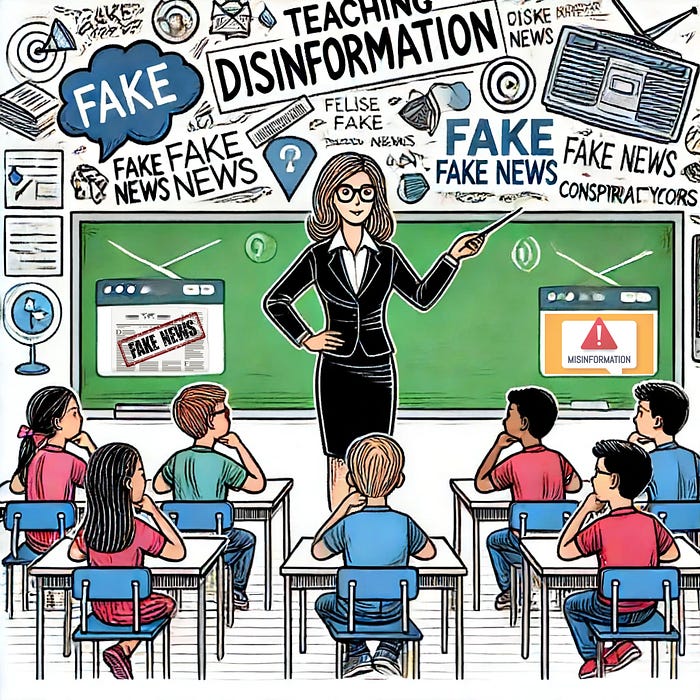A story in the Australian edition of The Guardian asks whether disinformation should be studied in schools, in the same way as reading, writing or maths, concluding that it is critical for the country's students to develop the skills to discern fact from fiction if they are to stay safe and well-informed.
What has become known as media literacy is undoubtedly much needed in today's world. It is estimated that more than 70 countries have already have already been subjected to organized disinformation campaigns that in some cases have had disastrous consequences. In the United States, for example, anti-vaxxer disinformation during the pandemic was responsible for higher death rates in Republican-majority states than in those run by Democrats, while there have been countless cases of electoral interference around the world, creating entire industries devoted to disinformation.
In addition, the popularization of AI has made it easier than ever to spread disinformation: we are simply not mentally prepared to deal with the post-truth world. Virtually anyone can be fooled. At the same time, powerful interests are at work to prevent research or to educate the public about the dangers of disinformation: populist politicians work hard to divide the electorate, spreading rumors and fake news, along with smear campaigns against their opponents.
Which is why education has such a key role to play in preventing disinformation and teaching the critical thinking needed to counter it. Fortunately, a few countries, such as Finland, have been taking a proactive approach, with some success. But while the country leads rankings that measure resilience against disinformation, it has some advantages: on the one hand, its prestigious educational system makes it easier for teachers to introduce the subject in their classes, and on the other, Finnish is a minority language spoken by only 5.4 million people, which makes it easier to identify fake news written by non-native speakers. In addition, Finland has developed critical thinking literacy initiatives at all levels, from primary schools to open courses for adults.
There are two ways to go about teaching critical thinking and preventing disinformation: a vertical approach, whereby disinformation is introduced as a "new subject" using specially created content, or a horizontal one, whereby teachers of all subjects focus on making students question everything, and to not expect that information, regardless of the source, is necessarily true, as well as providing ways for them to research subjects themselves.
I would argue that the second approach, applying critical thinking throughout the educational curriculum and in all subjects, is the best. To do this, however, requires change: firstly, abandoning textbooks that encourage students to think that everything in them is true, which is not always the case. The answer is not to convert these textbooks into digital ones, but to show students how much information is available on the internet, and how to identify impartial or biased sources.
Obviously, this also implies a completely different approach to the use of technology in the classroom, which goes against the policies of most governments around the world. If we don't teach children how to use their smartphones in the classroom and we even go ahead and forbid them to use them while in school, how will we get them to develop critical thinking when they use them outside of it? Painting smartphones on the whiteboard and using diagrams? Good luck with that…
Finland is right. On the one hand, initiatives to promote critical thinking and the fight against disinformation have to be taken at all levels, even if it's a long-haul, because limiting oneself to classroom is tantamount to leaving the way open for disinformation campaigns to manipulate several generations. And on the other hand, it is not enough to simply teach children about disinformation in isolation, it must be applied to all topics. As the African proverb says, "it takes a village to raise a child."
Let's get on with it, now.
(En español, aquí)


